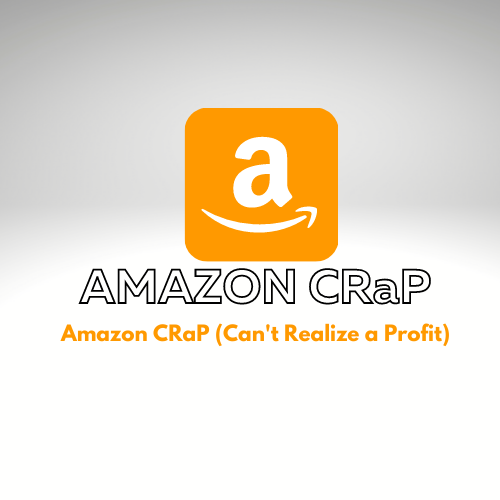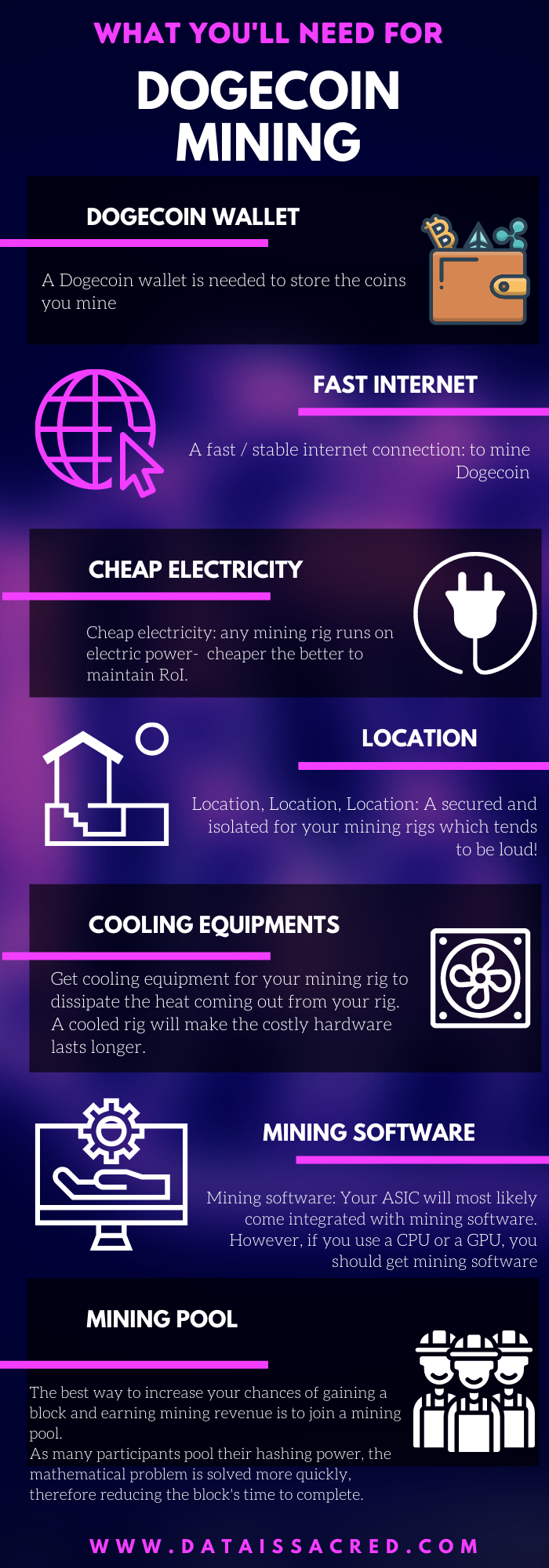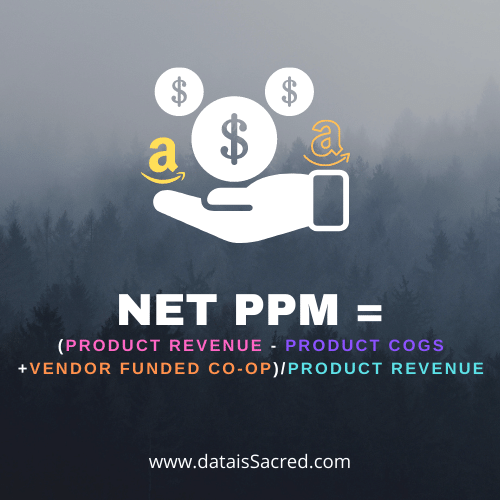CRaP = “Can’t Realize a Profit”
Profitability is a principal focus as far as selling in online marketplaces like Amazon. Any unprofitable product is sure to be condemned to the often ignored back pages of a product listing and even search suppressed. During our discussions around eretailer Sales data analytics, we often get asked about Profitability and how not to land up in Amazon’s “CRaP” list.
‘CraP’- Amazon’s term for unprofitable products’ is more complicated than it seems as companies try to understand the key drivers, underlying factors, and how to keep away from it!
Vendors are advised to keep a close tab on Net PPM (Net Pure Product Margin) at both catalog and ASIN levels to prevent their products from landing in the CraP list. In addition, merchandise fulfillment, drop-shipping, and direct import (DI) could each have an impact on the contribution margin (CM) and therefore impact CRaP as well.
Do not get into Amazon CRaP List!
The acronym ‘CRaP’ was created by Amazon internal teams to identify products that would be unprofitable for the company to sell on its eCommerce marketplace. In recent years, the CRaP list has become an arena for the competitive battle between Amazon and the CPG brands it has been courting for long.
It is no wonder that low-margin CPG products, like consumables, are naturally the most at-risk product categories for Amazon’s low-profit list. Low per-unit prices and high shipping expenses due to bulk weight or packaging lead to fewer margins. Even though Amazon needs to carry these items to compete with other competitors like Walmart, Target, etc., the online retailer has not shied away from sending warning letters to vendors and pulling CRaP product listings from the platform.

What does CRaP mean for the online Seller?
The CRaP list items are mostly sold on Amazon for low value ($15 or less) and are extremely expensive to ship due to their weight and/or bulkiness. Amazon uses various tactics like promotion limitations, search suppression on their platform for these low-profit items. We know that Amazon has asked many prominent brands, vendors, and manufacturers to optimize their product packaging to attract online sales. Else, they will cease to stock and ship them from Amazon fulfillment centers.
For example- a bag of Chips might get sold in Brick and Mortar stores easily. In contrast, bulk packaging of snack sizes and flavors would be more profitable and favored in the online channel.

Furthermore, suppose Amazon has a lot of inventory of any product. In that case, they will keep on lowering the price because of too much inventory. Therein lies the risk of the product moving into Amazon’s CRaP list.
LESS PROFITABLE CATEGORIES ONLINE:
- Snacks
- Beverages
- Baby products (eg. Heavy Diaper packs)
- Toiletries
- Stationery
- Office supplies.
- Inexpensive furniture that has a low cost-to-weight ratio
What Causes a Product to Land up in the CRaP List
- Products are too expensive to ship (cost vs. weight is untenable).
- High inbound shipping costs. This includes the cost to ship to Amazon domestically or by direct importing
- Damaged product: If the product is frequently damaged/unsellable during inbound shipment, warehouse transfers, or to customers, etc.
- Automatic markdowns. Suppose Amazon has more inventory than they need. In that case, their automated pricing system will discount products until the sell-through increases with better with better inventory position.
- Recalls. Returns and manufacturer recalls as well as Chargebacks for non-compliance to Amazon’s processes
- Unfavorable competitive pricing. If an item is sold for less Price on a competitor (Walmart etc.) or by a 3rd Party Marketplace seller
Unless rectified, brands will see the impact of these CRaP related penalties by Amazon. End result- loss of Product ranking, Share of Search, and decline in Sales.

